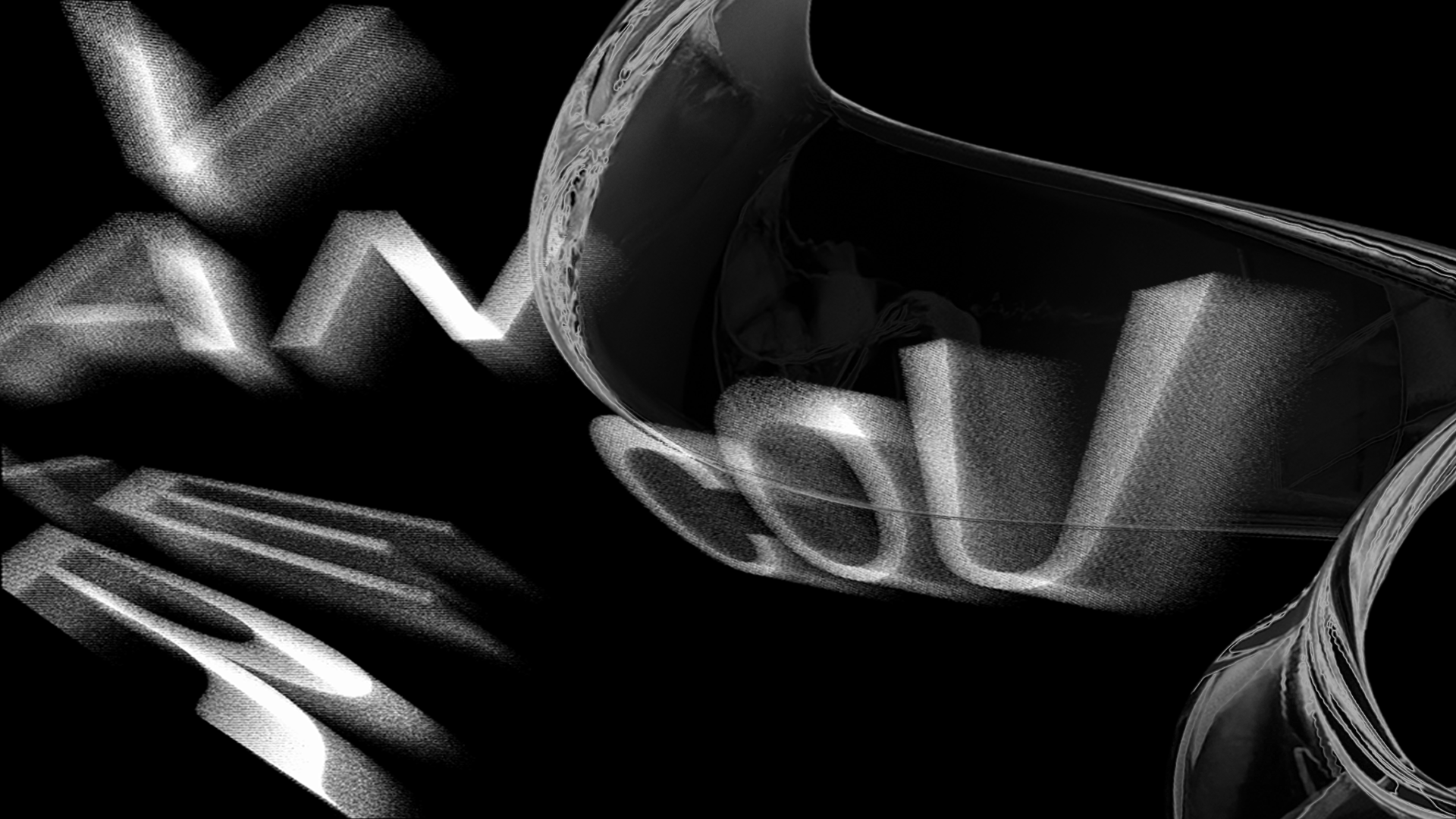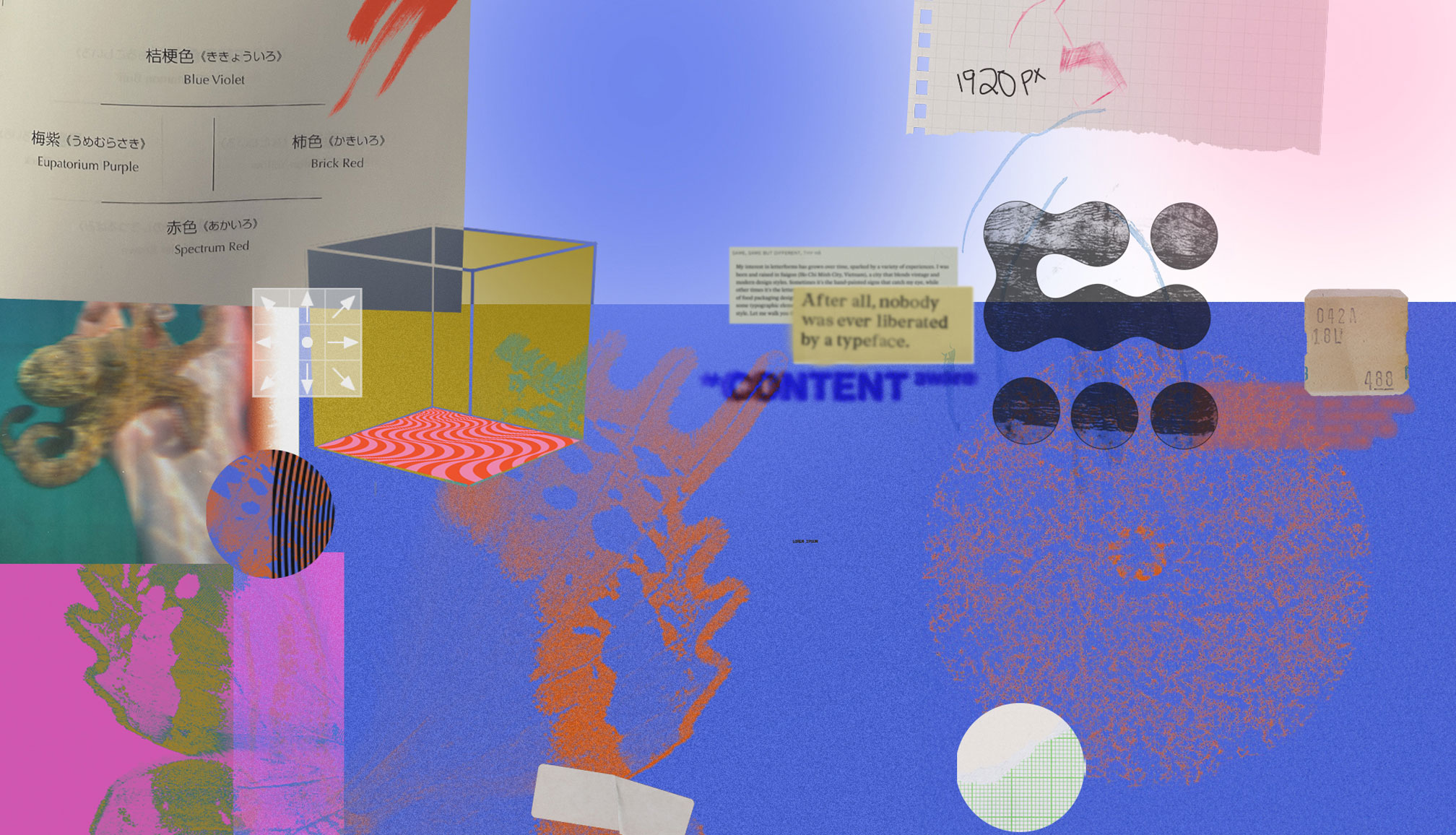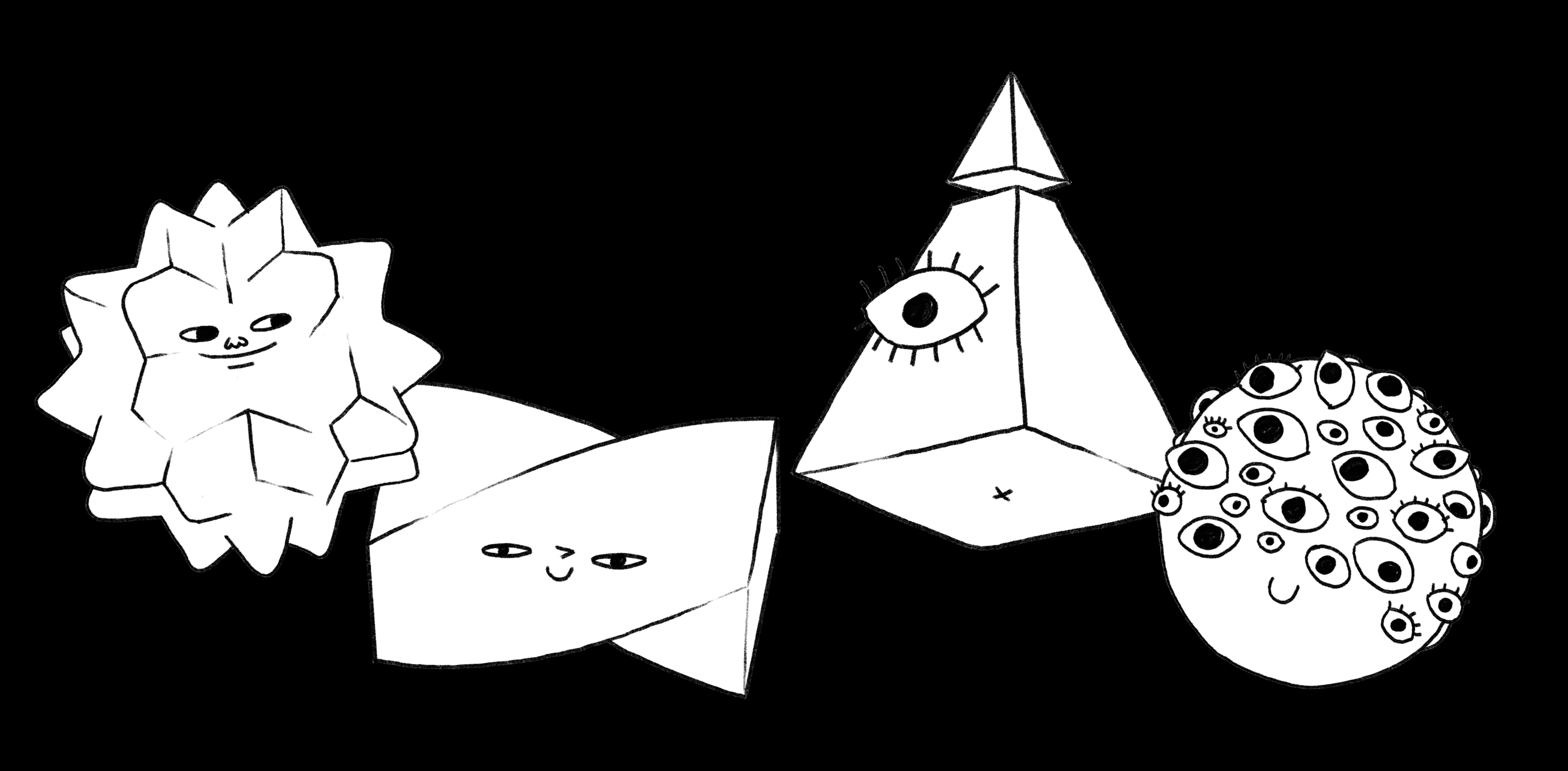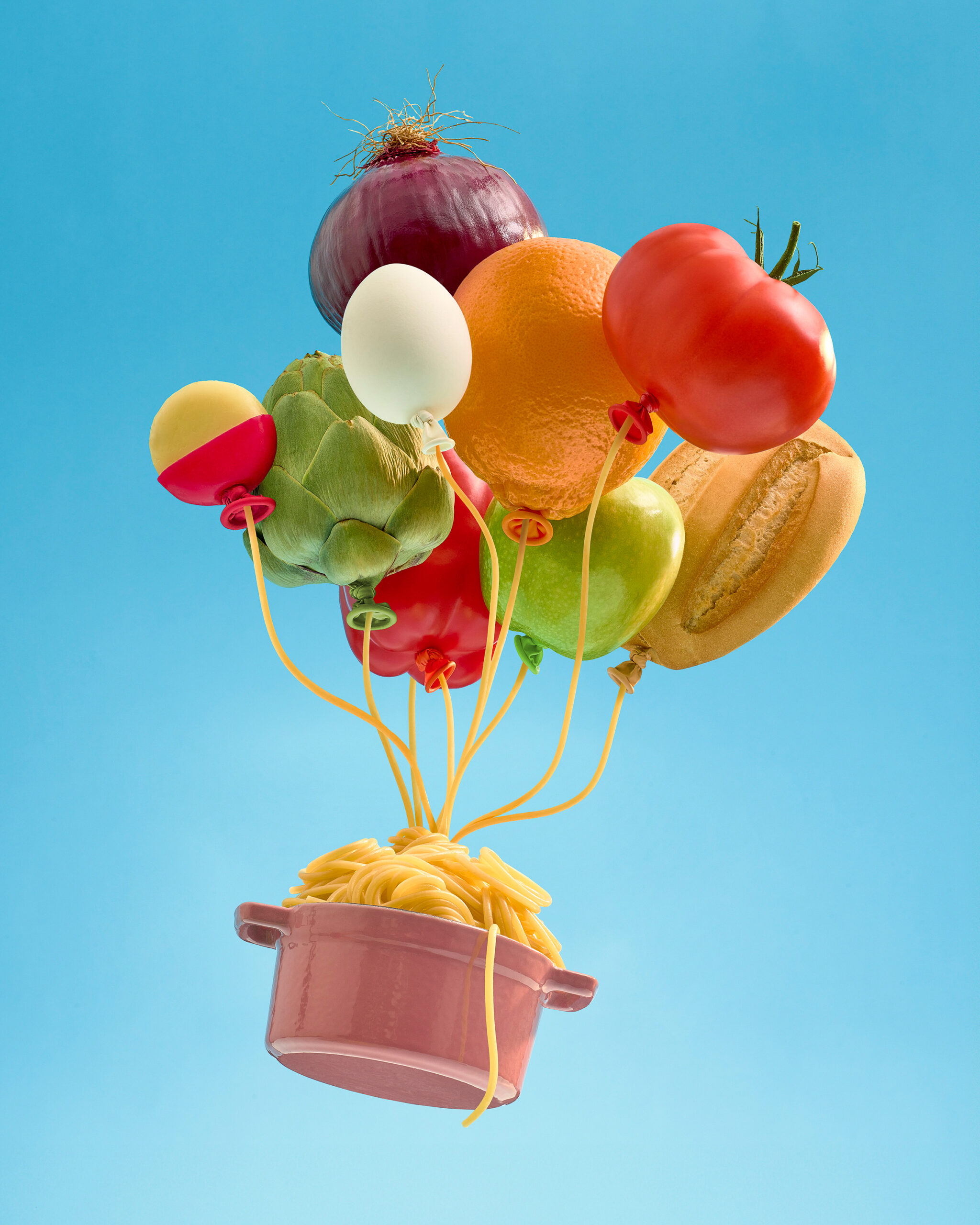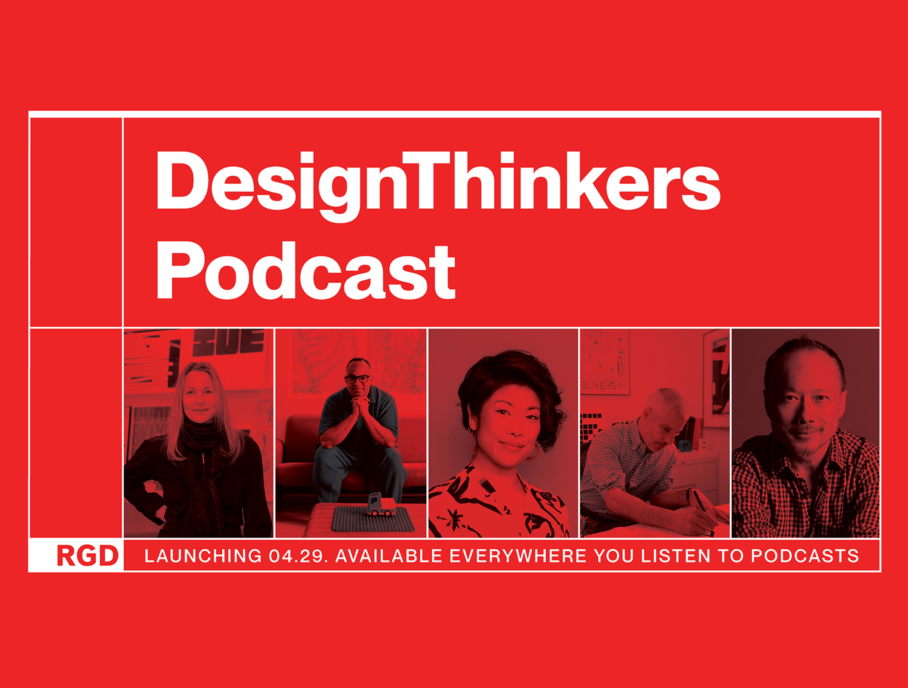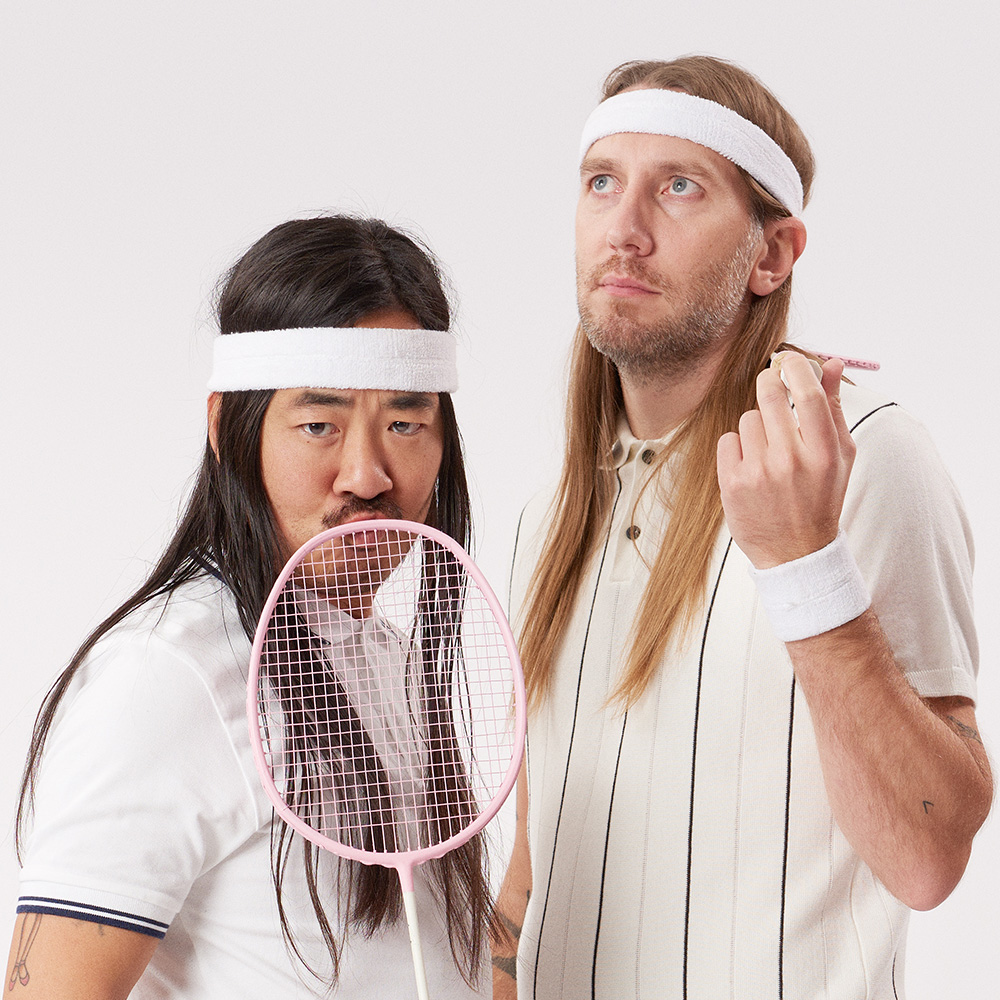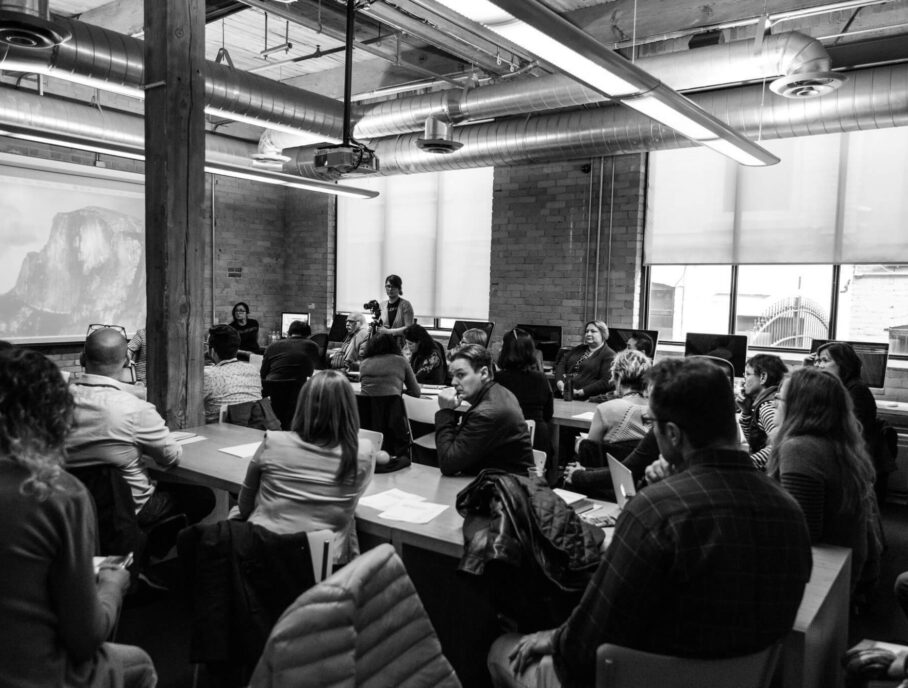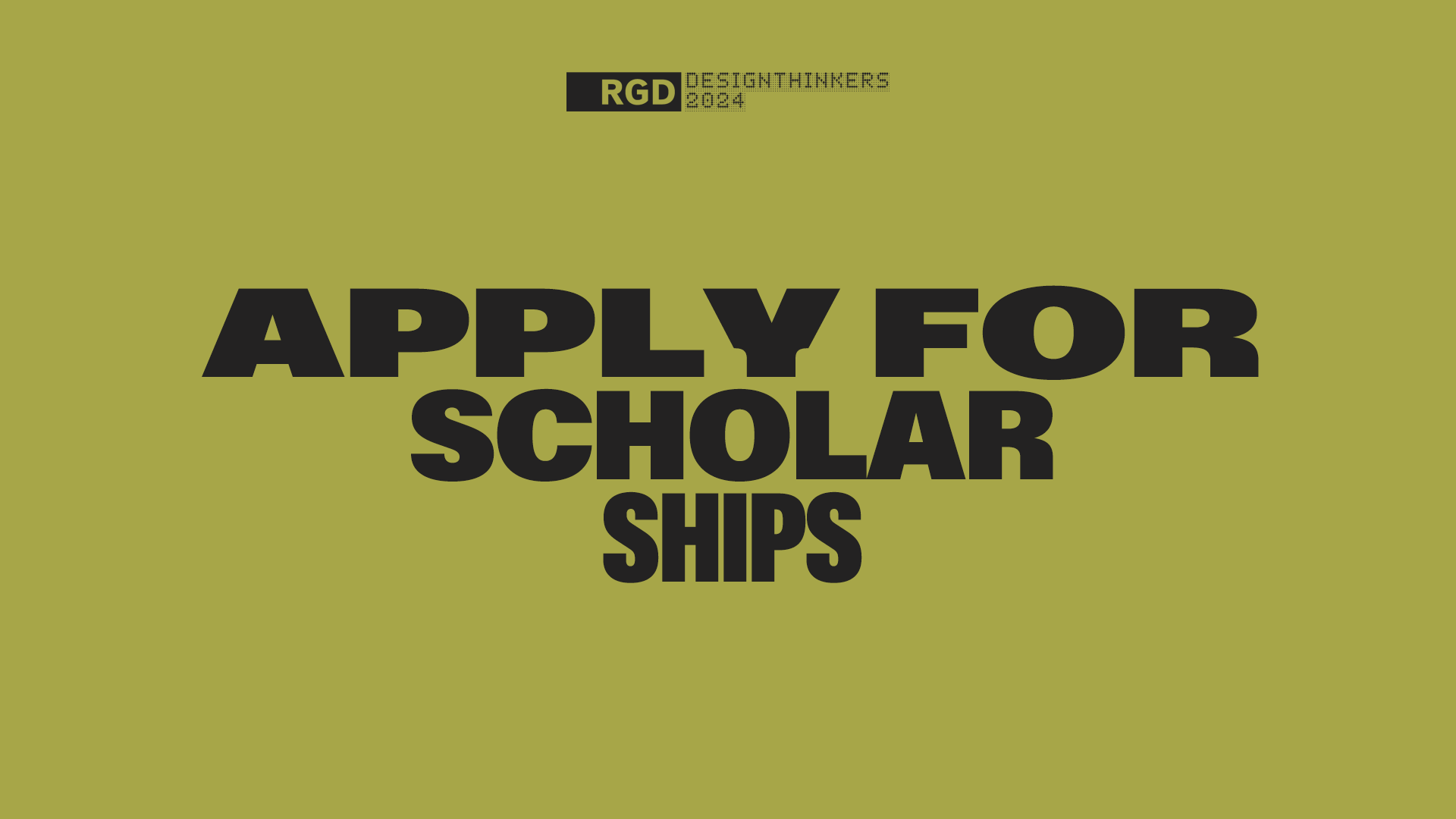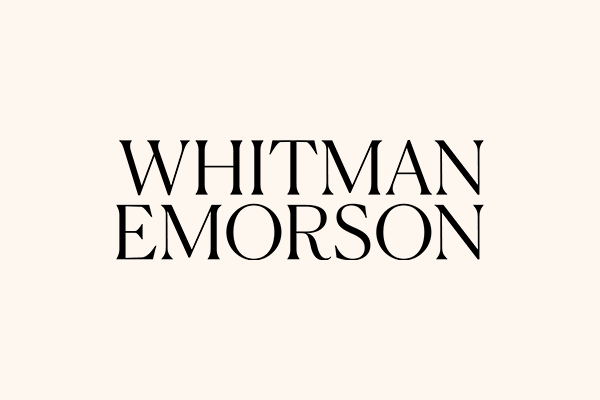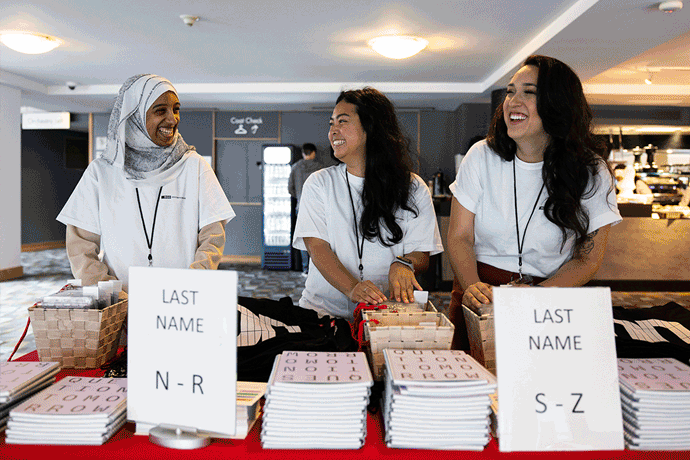SNASK is a creative agency of misfit geniuses based in Stockholm, Sweden. In advance of their talk at DesignThinkers Vancouver, we asked SNASK execs Freddie Öst and Erik Kockum a few questions about agency branding, how to cope when projects don’t go to plan and more.
The SNASK brand is fun. It’s clear you endeavour to do things differently — with humour, with personality, with passion, and that ethos is evident in the projects you’ve worked on. How important is a studio’s own brand for attracting the kind of clients they want to work with?
This is a very good question. With our own brand, we never created it to fit or attract a certain type of client or audience. We simply made it the way we felt it resonated with ourselves as individuals. We were our own target group for the brand, because our purpose of having a company and agency was to build a vehicle to have fun, rather than a profit-making company. So everything that Snask is as a brand is what we ourselves would love from a similar brand.
Now, for the question, we strongly believe that an agency’s brand is very important, and of course attracting clients is, not the only, but certainly one of its major purposes. In the end, a human being is going to receive a message sent by another human being. So naturally we’re delighted when a human being at a company loves our values. We believe that more agencies should care more about their own brand and making it interesting. Most only care about the looks, trying to come across as minimalistic and professional, while most humans are attracted to an interesting personality with values, as well as a charming tone of voice. Who would marry someone for looks? It’s the way they make you laugh, cry and feel that are their most important aspects. Why not do everything in your power to make your future clients smile when they visit your website, social media etc.
Many design professionals work within constraints, whether it be small budgets, decision makers who don’t “get it” or ineffective work flows, especially in-house. Do you have any advice or insight for these designers who may be wanting to shake things up or push the envelope within this kind of environment?
We specialize in these matters, pushing through change in organizations from board level and all the way down to design and marketing teams. Things start at the top and trickle down, so if change is needed, and it is, you need to somehow get the top management involved. We often come in through a marketing director, but very quickly end up with the C-levels to help sell the purpose of change and turning a rebrand cost into an investment.
If you’re a designer working in-house and you need change, you should start voicing your opinion on this matter and speak in terms of the future costs of not changing in time. Management most often doesn’t understand the value of design or marketing, but they do understand the words cost, risk and also investment. It’s like being in a romantic relationship and seeing therapy as a cost. One needs to educate and convince the other partner that it’s actually an investment, and that the alternative of not going to therapy most likely will end in catastrophe.
SNASK’s project roster boasts some seriously creative, colourful and ambitious work. This is, of course, what we see on the outside, and as designers, we know there are often lots of ideas that never see the light of day. Can you tell us about a project that didn’t go to plan, “failed” or that you struggled with? How did you cope?
A lot of projects don’t go according to our vision. When this happens, we are open and transparent with the client and let them know that if we take this route, we will not case the project, meaning we won’t think it will be great enough to showcase on our website. However, we let them know that we can still make it look good, but for our portfolio standards, it won’t hold up. Sometimes they change their mind and go with our recommendations, sometimes they don’t. So we do have big projects that no one has ever seen, and that’s ok. They weren’t a catastrophe, but why show something that you’re not proud of. After all, what you have in your portfolio is what future clients will want you to do again. So if you put just “good enough” projects in your portfolio, clients will ask you to do just that.
As for a project that didn’t go as planned, we rebranded a huge financial player. It was a solid process all the way through until the founder and CEO stepped in. He had given the mandate to the marketing team to make brand decisions, and yet here he was wanting to have opinions on the new logo. The feedback was terrible, he couldn’t tell us what he didn’t like with the new logo, and he couldn’t tell us what he liked in other logos. It turned out that he had sent the new logo to his 12 closest members of staff. Who were they? 12 white men, within similar age, all having big salaries that depended on him liking them. So naturally, all of them told him they agreed that they didn’t like it. Since none of them had worked within design or brand strategy, they weren’t experts in these fields, and of course couldn’t back up their thoughts with rational arguments. In the end, all the work we had done was thrown out the door and the old logo was used instead.
A similar thing happened with another client, where the management team was asked about the company’s new symbol. None of them had expertise in this, and yet they were asked, so they had to give an opinion. Naturally, the feedback was horrendous. One of them said that the old symbol that was a cloud, was modern and shouldn’t change because their service was digital after all, and “in the cloud.” What he failed to understand was that services “in the cloud” is not even a thing, it’s expected and it’s probably the opposite. Companies that showcase that they are “in the cloud” are probably not that modern. In the end, we had to step in and have a long conversation with them where everyone could have an opinion, but had to be able to back it up with argumentation. After a few hours, we were back on track and could continue implementing the new visual identity with the new symbol. How we coped? We went to therapy.
Your DesignThinkers talk is titled, “F*ck the Conservative World!” Without giving too much away, what can attendees expect from your session?
It will be the opposite of conservative, so they will hear and see examples of being progressive, modern and open-minded. The thought of “let’s keep things the way they’ve always been” is absurd from the get-go. At what given time should we conserve things? Christmas 1995 when Dean Martin died? April 1960 just before the contraceptive pill was launched? It’s impossible to say a date when “things were better.” The world has changed, and we need to move on and concentrate on now and the future. And we’re now living in such a fast moving world that we need to embrace change and make sure it moves in the right direction. Focusing on what already happened won’t create change, it’s memories. So if we want to embrace change, we need to look forward, as it’s the only thing we actually can change.
People will also hear stupid things, wish they had a glass of red in their hand and will most probably need a smoke straight afterwards.
What are you most looking forward to about coming to DesignThinkers in Vancouver?
Wow, what don’t we look forward to! We’ve heard so many great things about Vancouver, so it’s hard to pick. First of all, being part of this great conference and hanging out with the audience. Then of course meeting with fellow speakers, many of them are dear friends to us. As for Vancouver, we will stay longer than the conference and explore your wild hiking trails. We won’t go on the “Fifty Shades of Grey-locations with wine tour” that we got recommended on Airbnb. Do crazy stuff like throwing snowballs, find a dealer of yellow margarine and share a pint with a sasquatch.
Catch SNASK’s talk, F*ck the Conservative World!, at 5:00 p.m. on May 28.
